OOH advertising sites
How can JCDecaux help manage my advertising site?
What types of out-of-home media sites are managed by JCDecaux in Singapore?
Where are JCDecaux bus stop locations in Singapore?
About OOH advertising
How can OOH advertising help my business?
What are the advantages of bus stop advertising in Singapore?
Why are bus stop ads effective?
Planning a campaign
What are bus stop advertising rates in Singapore?
What formats are available on bus stops?
How do I book an OOH ad?
What is the turnaround time for bus stop campaign?
Can I run video copy on bus stops?
How do I measure bus stop audiences?
Is OOH compatible with other advertising channels?
During a campaign
What are the creative possibilities for dOOH?
Can I run contextual advertising on OOH?
Assessing campaign effectiveness
How do I know my OOH campaign is effective?
Programmatic out-of-home advertising
What is programmatic OOH?
Difference between programmatic and traditional trading?
What OOH inventory can I access programmatically?
How does programmatic OOH work?
How to start trading programmatically for OOH?
What type of Programmatic DOOH does JCDecaux offer?
Is programmatic OOH brand safe?
What are the benefits of programmatic OOH?
How do you measure success of a programmatic OOH campaign?
